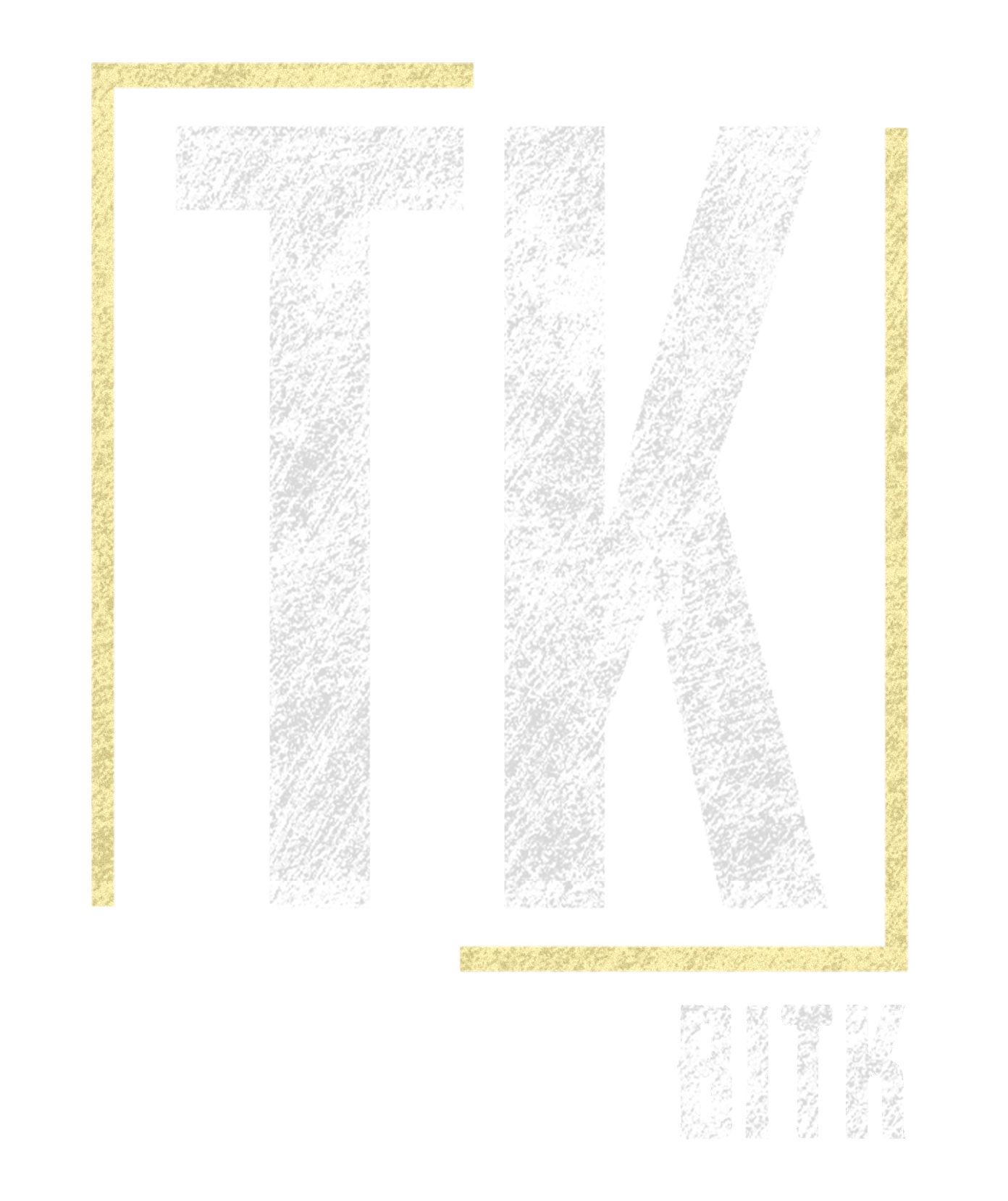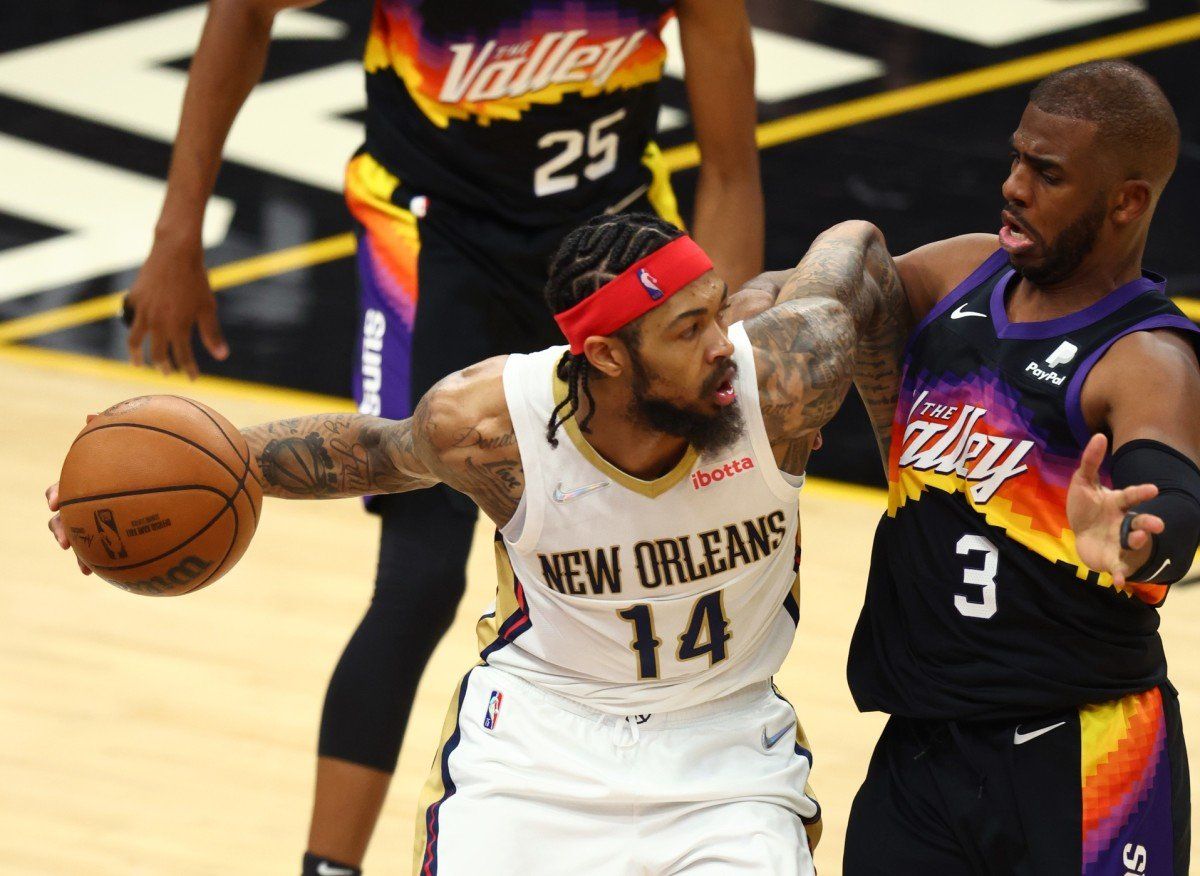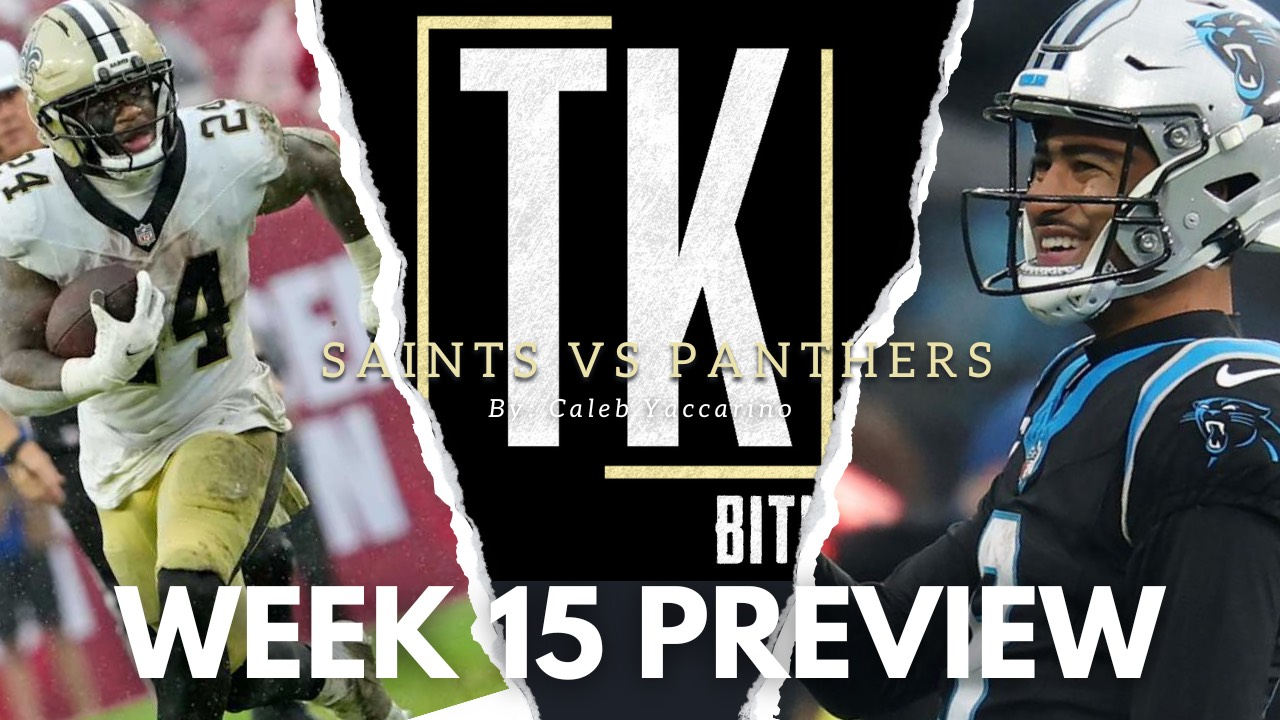TK’s Game 6 “Must Wins”
The Free-Throw Battle(with themselves).
Based on my own, and other people’s reactions you would think the Pelicans are shooting 30% from the charity stripe, but it is actually closer to 80% over this series. The dilemma is it seems that the ones we miss are invaluable. In 5 games the Pelicans have left 36 points at the line, shooting 118/154 for 77%. While this percentage is slightly down from the regular season average, it seems we miss the really easy ones, where the lane is empty for flagrant or a technical. A great example of this is at the 4:39 mark when Chris Paul was assessed a technical foul and Ingram missed keeping the score at 100-92. After turnovers by both teams, Ingram returned to the line and only made one, leaving the score at 100-93 with about 4 minutes left to play, 100-95 would have looked way more manageable. It is also no secret that CJ McCollum has been abysmal from the line shooting around 68% since arriving in New Orleans, but this is something I don’t expect to last. Nonetheless, the Pelicans must win the battle with themselves, and not suck the energy out of their own runs by falling short at the free-throw line at the wrong times.
Commit to Going Big or Go Small.
I am not sure of many “starters” in the NBA playoffs who average less than 15 minutes. Jaxson Hayes is 14.2 minutes a game. I would like to say his ejection had something to do with that, but it just isn’t true. His minutes are down about 12 total from the starting version of Hayes in the regular season. He isn’t the highest basketball IQ guy out there, but he has played a lot less basketball than a lot of guys around him. In my eyes, he is a matchup that should be abused, especially since his quickness can be used against the Suns who are choosing to ignore him on the perimeter and clog the paint with bodies. We have allowed the Suns to park Paul or Johnson in the corner on either Herb Jones or Hayes and pretty much put ourselves at a disadvantage playing 4 on 5. The solution seems relatively simple, exploit his matchup, or put someone like Trey Murphy III in that same corner because teams know if he gets going, he is automatic from the 3-point line. It feels like our starters compared to our bench goes from a super long lineup to one that the Suns have beat up on with their size. Monty made an adjustment, now it’s our turn.
The Paul Patter Should Be Pestered.
Similar to the rain pattering against a window or tin roof, sometimes it can be relaxing. We cannot allow Chris Paul to be relaxed. When he is frustrated by Jose, you can tell he does not want the ball. He defers to others to score without Booker and in the games we won, we had him frustrated. His low for points this series in a win is 21, combining his points in the two losses, 21 total. I would hope the coaching staff sat down, reviewed his minutes, and came up with a plan to allow Jose to match up with him as much as possible. I would even love to see Jose come in early for Herb or CJ in the first quarter to start the pestering early. Chris Paul is a point guard through and through. He has abused the pick and roll, and it should be on whoever is guarding him to not allow him a walk in the park. While Herb has played great defense across the entire season, once they put the pick and roll on him Paul has found success. I would love to see a Box and 1 with Jose as the chaser, and Ingram and Herb as the high box defenders. The Box and 1 is a great defense when it works, but most of all fatigues the primary ball-handler. This is exactly how you beat Chris Paul, you force him to work and run because he wants to be slow and steady. It may not work the entire game as smart players adjust, but when Chris Paul wins, so do the Suns.
Play Our Game.
This game is obviously a must-win, so we need to bring everything we have and be the best version of ourselves. When we are best we play downhill, we play aggressive, and we play like junkyard dogs who never stop fighting. This is exactly how you beat the calm and collected Phoenix Suns. We must take them off their game, force their frustration to get the better of them, and attack when they are off-balance. Let’s force game 7, shock the league, and steal this series!
A quick share helps us a lot!



